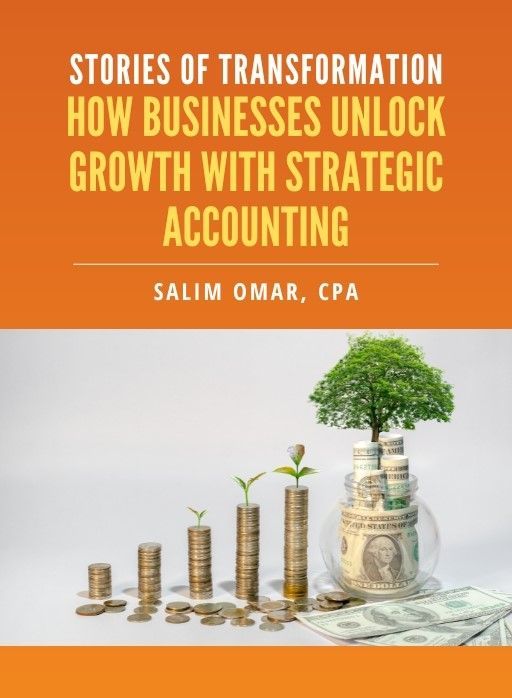Detox Your Payables: Year-End AP Controls That Prevent Fraud and Duplicate Payments
The end of the year isn’t just about closing the books—it’s also prime time for mistakes and fraud to slip through. With deadlines looming, teams rushing to process invoices, and vendors pressing for payment, duplicate charges or fraudulent requests can sneak past even strong systems.
But businesses that pause to “detox” their payables don’t just tidy up paperwork—they head into January with cleaner books, fewer risks, and a process that’s built for accuracy. This proactive step is the difference maker.
At Straight Talk CPAs, we help companies strengthen their year-end accounts payable (AP) controls, ensuring every payment is legitimate, reconciled, and fully defensible.
Why AP Controls Matter More in Q4
Think of year-end like a financial stress test. The pressure amplifies any cracks in your system—especially in accounts payable. Without the right controls, you could be:
- Paying the same invoice twice
- Missing red flags in vendor details
- Processing expenses without proper approvals
- Rushing payments that don’t align with budgets
And the worst part? You may not even catch it until it’s too late. That’s why a proactive AP detox in Q4 is critical.
Start with the Right Questions
Before you can tighten AP controls, you need a clear view of where things stand. Ask yourself:
- Have duplicate payments been flagged and resolved this year?
- Are vendor bank detail changes verified out-of-band?
- Do we have consistent approval workflows across departments?
- How fast are invoices moving from receipt to payment—and is speed creating risk?
- Is the AP subledger reconciled with the GL on time every month?
The answers set the stage for addressing weak spots and establishing stronger guardrails.
Year-End AP Controls That Protect Your Business
1. Lock Down Vendor Changes
Fraudsters know the year-end is hectic. Fake requests to update vendor bank accounts or mailing addresses are common. Require out-of-band verification—like a direct call to a known contact—before any changes go live.
2. Eliminate Duplicate Payments
Run system-wide checks for duplicate invoices, amounts, and vendor names. Use automation, if possible, but also run manual spot checks. Your goal: duplicate rate under 0.1%.
3. Tighten Approval Workflows
Year-end isn’t the time for shortcuts. Make sure every invoice has a proper sign-off, with dollar thresholds clearly defined. Approvals should be digital, timestamped, and auditable.
4. Reconcile Early and Often
Don’t wait until January to catch discrepancies. Push for AP subledger reconciliations by Day 5 of each close cycle. The earlier you catch mismatches, the less they snowball.
5. Watch for Unusual Spending Patterns
Are there spikes in certain vendors? Last-minute large purchases? Duplicate vendor setups? These can all be signs of fraud or mismanagement. A simple trend analysis can spotlight anomalies.
A Quick Case Study: When Controls Save Cash
A mid-sized distributor came to us after discovering they had overpaid a vendor by nearly $75,000—across several duplicate invoices that slipped through during a busy December.
After implementing tighter bank detail verification, duplicate checks, and early reconciliations, they closed the following year with zero duplicates flagged. The CFO called it “the cleanest year-end we’ve ever had.”
That’s the power of proactive AP controls.
Final Thoughts
Year-end AP detox isn’t about making your team’s life harder—it’s about protecting your cash, your credibility, and your future growth. Fraud and duplicate payments drain profits, create messy audits, and distract leaders from strategic priorities.
The solution? Strong, disciplined AP controls applied before the year closes.
Straight Talk CPAs can help you design a year-end control framework that eliminates duplicates, shuts down fraud routes, and ensures your books start cleaning on January 1.
👉 Don’t let year-end chaos open the door to fraud. Partner with Straight Talk CPAs to build AP controls that eliminate duplicates, protect your cash, and start January with clean, defensible books.
Free eBook:
Stories of Transformation


Salim is a straight-talking CPA with 30+ years of entrepreneurial and accounting experience. His professional background includes experience as a former Chief Financial Officer and, for the last twenty-five years, as a serial 7-Figure entrepreneur.





